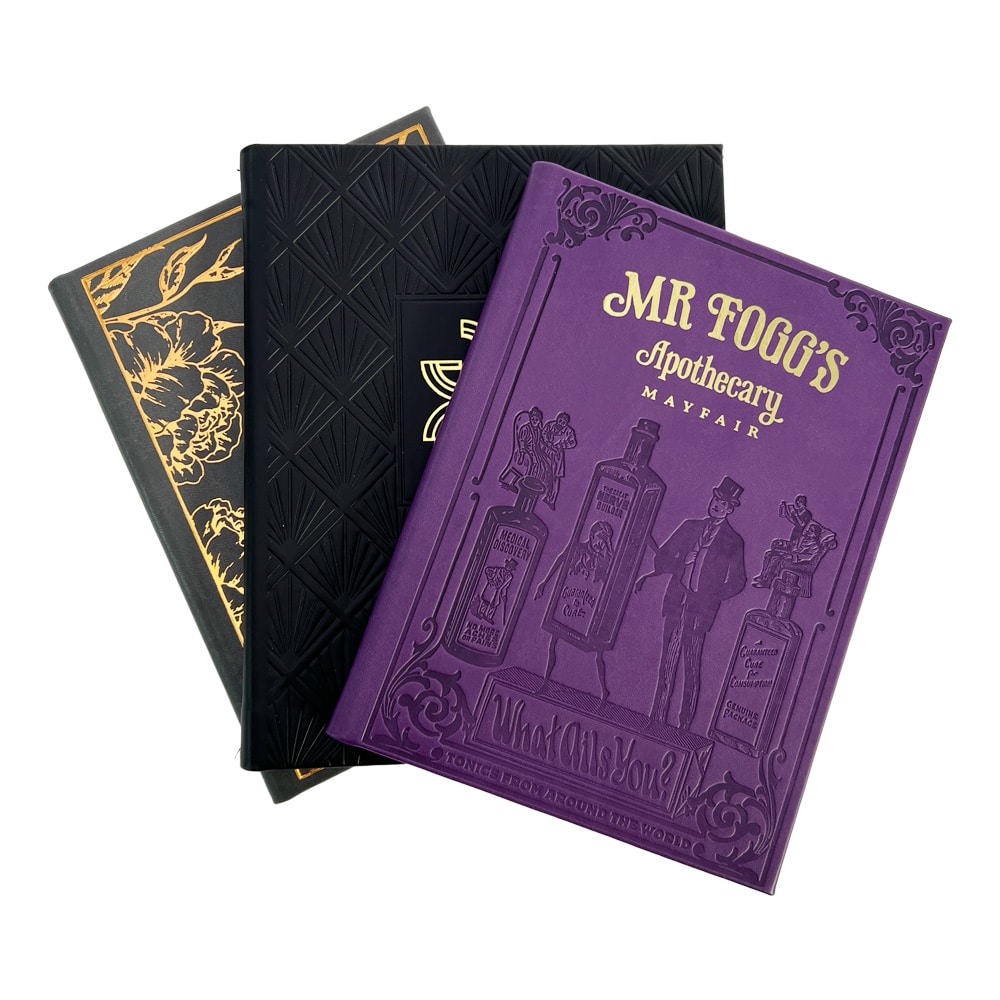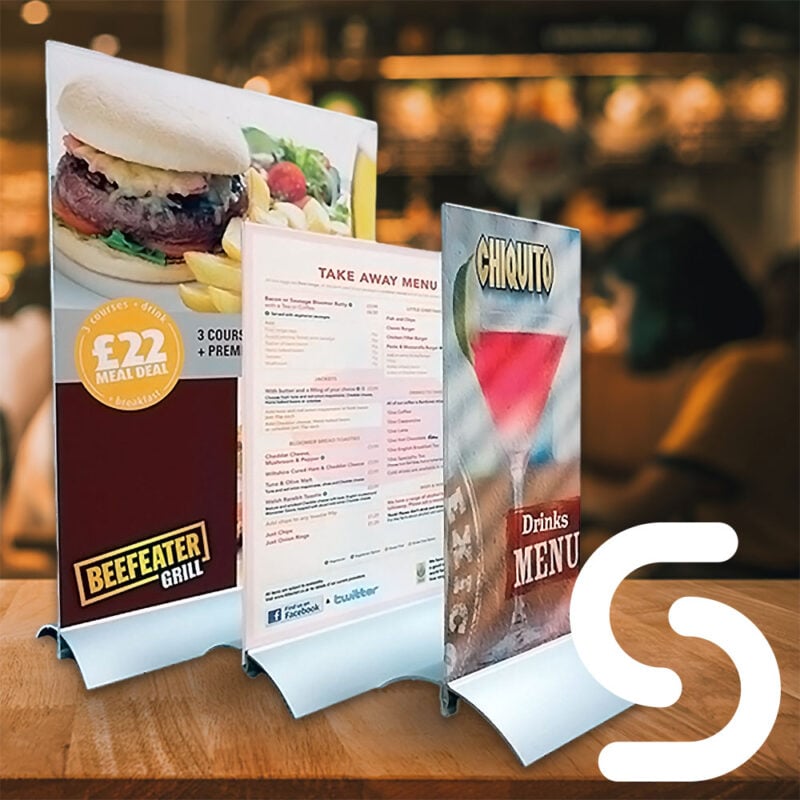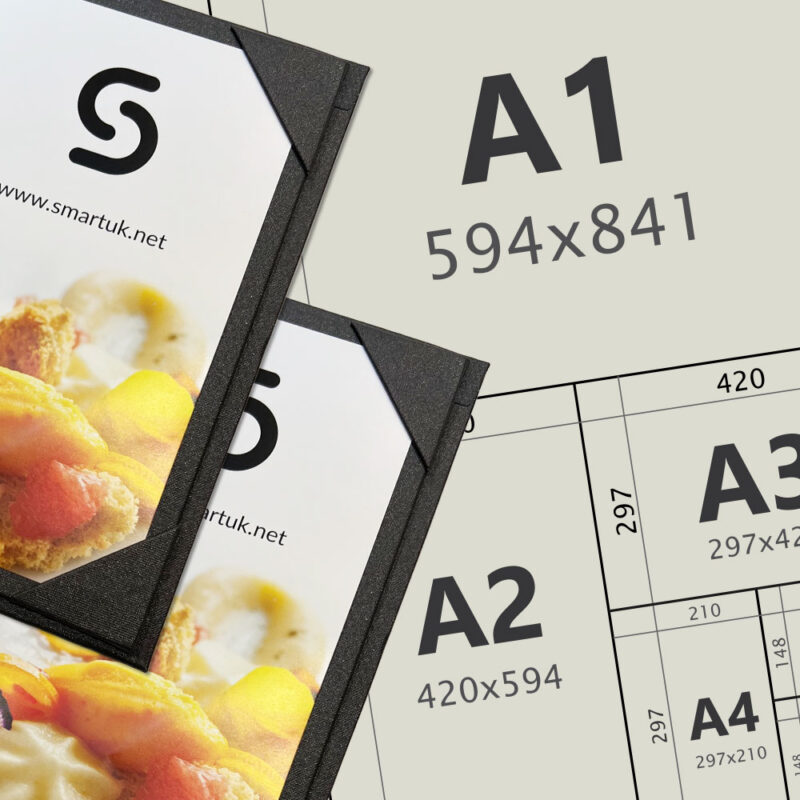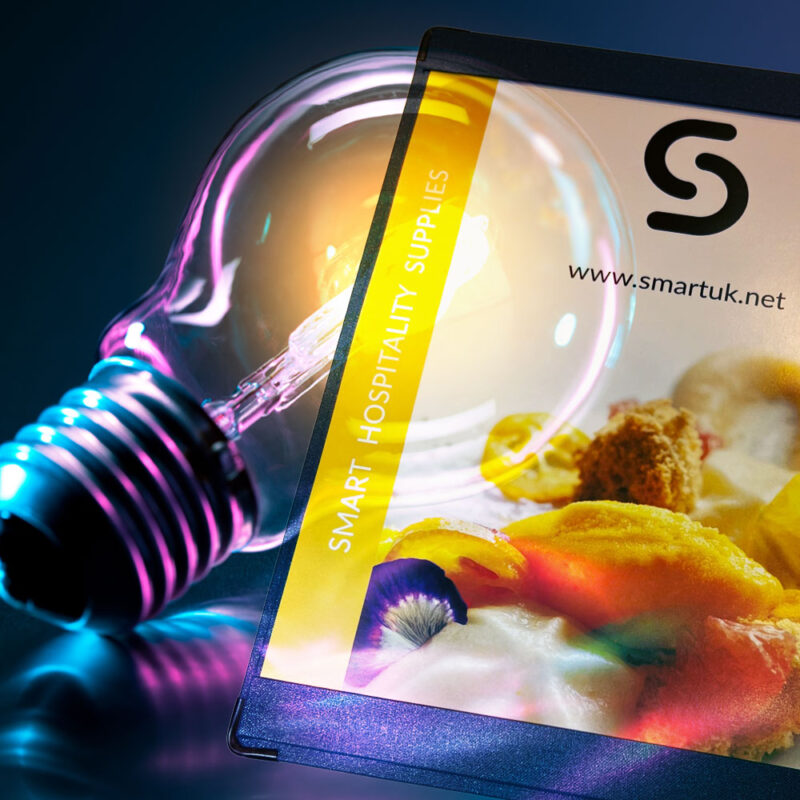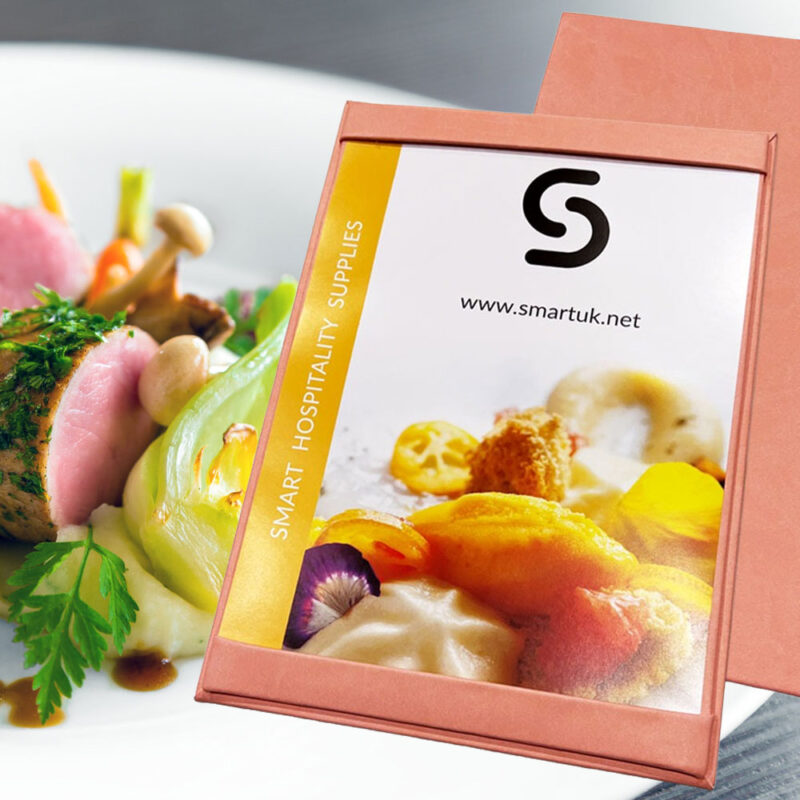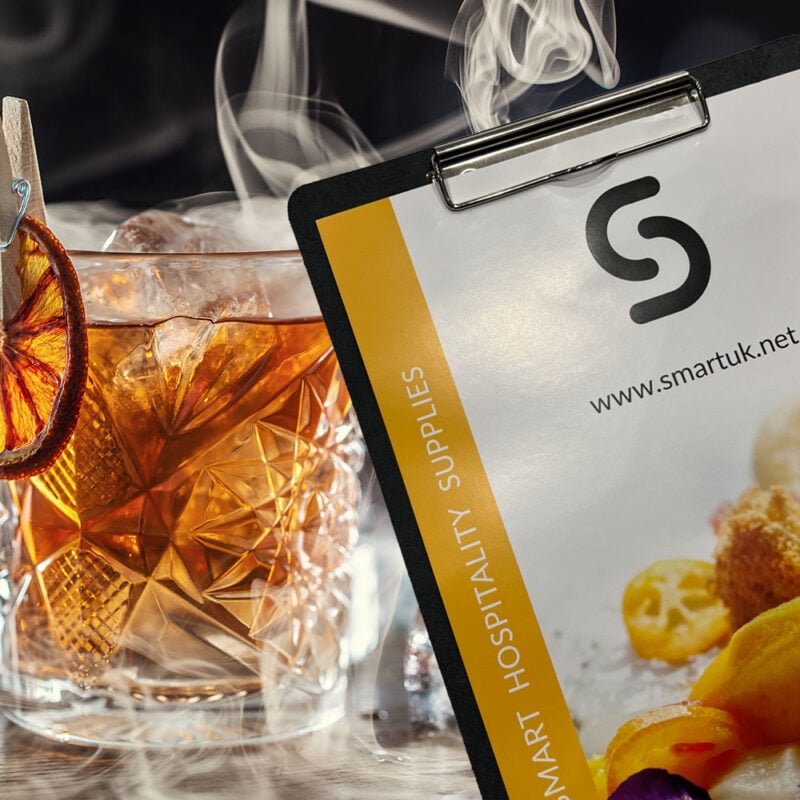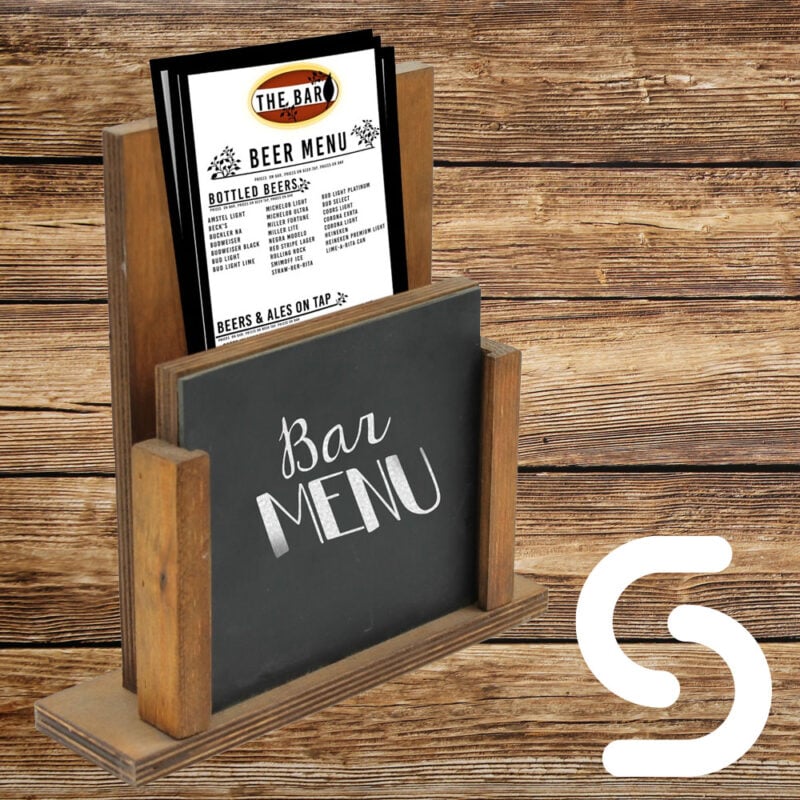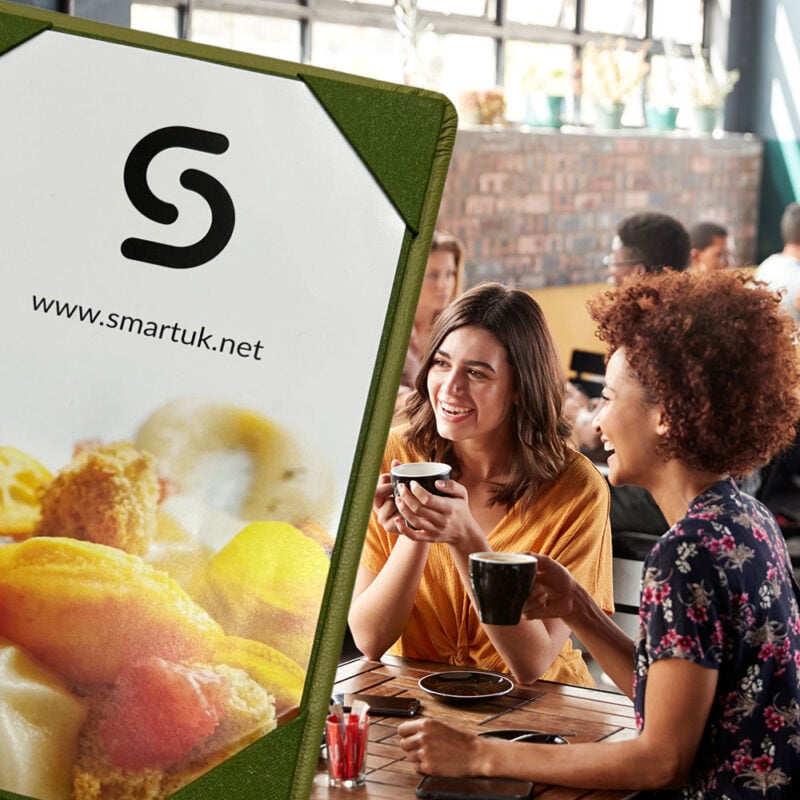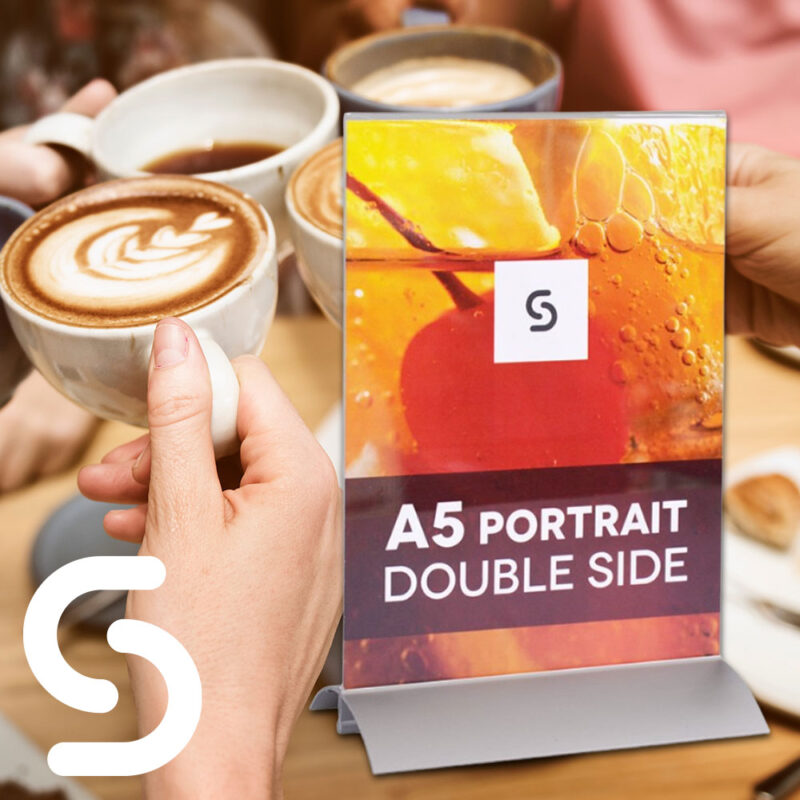
Understanding Your Brand and Concept
Creating the perfect restaurant menu design is an art. It’s more than just a list of dishes and prices. A well-designed menu can influence customer choices. It can boost sales and enhance the dining experience. Your menu is a reflection of your brand. It should embody your restaurant’s concept and identity.
From colour schemes to typography, every detail matters. Even the choice of menu cover supplier can make a difference. This guide will provide you with actionable tips and best practices. You’ll learn how to create a menu that not only looks good but also works for your business.
The first step in creating an effective restaurant menu is understanding your brand. Your menu should mirror the unique character of your establishment. This means every design choice, from colors to fonts, must align with your brand’s identity.
A menu is a powerful storytelling tool. It should convey your restaurant’s concept through its design and content. For instance, a fine dining restaurant needs a more elegant menu, while a casual eatery can opt for a relaxed and playful look. Ensure your menu design complements your ambiance and core message.
The Psychology Behind Menu Design
The layout and structure of a menu can significantly influence customer choices. This is known as menu psychology, which uses design elements to guide decisions. Strategic placement of items can boost the likelihood of certain dishes being chosen.
Visual focal points, like bold fonts or boxes, draw attention to high-profit items. Similarly, using descriptive language for menu items engages customers, making dishes more enticing. Effective menu design isn’t just about aesthetics; it’s about understanding psychological triggers to enhance sales and customer satisfaction.
Choosing the Right Color Scheme and Typography
Colour plays a crucial role in menu design, affecting customer emotions and perceptions. Warm colors like reds and yellows stimulate appetite, while cool colors promote calmness. Choose a color scheme that aligns with your brand’s identity and atmosphere.
Typography should prioritise readability and reflect the restaurant’s ambiance. Large, clear fonts are essential, especially in dim lighting. Consider these tips for effective color and typography use:
- Use contrasting colors for readability.
- Maintain consistency in font style across the menu.
- Avoid overly decorative fonts that hinder legibility.
Selecting the right combination of color and typography creates a cohesive and appealing visual experience. Proper use enhances the menu’s functionality, encouraging diners to explore the options with ease.
Menu Categorisation and Layout
A well-organised menu layout ensures an intuitive dining experience for customers. Effective categorisation makes it simple for diners to find what they crave. Start by grouping dishes into logical sections, such as appetisers, mains, and desserts.
Your layout should guide the customer’s eye naturally. Strategic placement of high-margin items can lead to increased sales. Consider these layout tips:
- Balance text and white space for readability.
- Use headings and subheadings to organise sections.
- Highlight best-selling and special items to draw attention.
A thoughtful menu layout enhances customer satisfaction, streamlining their decision-making. By structuring your menu for ease of use, you support your staff in delivering exceptional service.
Incorporating Images and Descriptions
Images can be powerful in enticing customers if used wisely. High-quality photos showcase dishes, giving customers a visual taste of what to expect. However, overloading the menu with images can distract from other offerings.
Descriptions play a crucial role in menu appeal. Craft concise yet evocative descriptions that highlight unique ingredients or preparation methods. This not only informs but also entices diners to try new dishes. Balancing images and descriptions effectively can elevate your menu’s allure, making the dining experience memorable.
Highlighting Signature Dishes and Specials
Signature dishes often capture the essence of your restaurant. To draw attention, give them a special place on your menu. Consider using borders or distinctive fonts to make them stand out.
Promote daily specials by giving them a dedicated section. This not only encourages regular customers to try something new but also showcases your creativity. Using special markers or stickers can help emphasise these items, ensuring they catch the eye of your diners.
Pricing Strategies and Menu Engineering
Pricing your menu requires a fine balance between perceived value and profitability. Use strategic pricing to entice and retain customers. It’s important to avoid pricing mistakes that can deter diners or erode margins.
Menu engineering helps identify which items to promote and which need adjustment. Implement these strategies to enhance profitability:
- Highlight high-margin items with boxes or icons.
- Use charm pricing, such as £9.99 instead of £10.
- Arrange items from most to least profitable.
By applying these techniques, you can increase sales while ensuring customer satisfaction. Understanding customer preferences and adjusting accordingly is key to a successful menu.
Material and Durability: Selecting the Best Printer for Restaurant Menus
Choosing the right materials for your menu enhances both its look and durability. A sturdy menu can withstand frequent handling. Opt for materials that resist spills and stains, making cleaning easy.
Selecting the best printer for restaurant menus is crucial. Seek out printers known for quality and reliability. Consider those offering eco-friendly options and fast turnaround times. A top-notch printer ensures your menus remain vibrant and professional.
Digital Menus and QR Codes: Embracing Modern Technology
In today’s digital age, embracing technology is vital. Digital menus offer an engaging experience for diners and enhance menu flexibility. They allow for quick updates and easy integration with online platforms.
QR codes are a seamless link to digital menus. They reduce physical contact, an essential feature in a post-pandemic world. Customers appreciate the convenience of accessing menus directly on their devices, making this a worthwhile investment for any modern restaurant.
Seasonal Menus and Local Ingredients
Incorporating seasonal menus can revitalise your restaurant offerings. Embracing local produce not only supports community farmers but also guarantees fresh flavors. Diners appreciate the commitment to sustainable practices, which can set your restaurant apart.
Revamping your menu with seasonal changes invites repeat visits. Customers enjoy the anticipation of new, limited-time dishes. This strategy keeps your menu dynamic and aligns with environmental values.
Legal Requirements and Menu Labeling Compliance
Meeting legal standards for menu labeling is crucial. It ensures transparency and builds trust with customers. Make sure to include essential information like allergens, calorie counts, and origin of ingredients when required.
Adhering to regulations protects your business from potential legal issues. Staying informed about labeling laws can prevent costly fines. Prioritising compliance also enhances customer satisfaction and brand reputation.
Gathering Feedback and Regular Updates
Listening to customer feedback is key to refining your menu. Surveys and comment cards can provide valuable insights into menu performance.
Regular updates keep your menu fresh and exciting. Incorporating feedback can improve satisfaction and encourage repeat visits, ultimately boosting sales and customer loyalty.
Conclusion: Bringing It All Together
Creating the perfect restaurant menu design requires a blend of creativity and strategy. Aligning your menu with the brand, using design psychology, and staying updated with trends is vital.
Pay attention to customer feedback and make regular adjustments. These efforts ensure your menu remains relevant and enticing. Embrace these practices to elevate the dining experience and boost your restaurant’s success.
